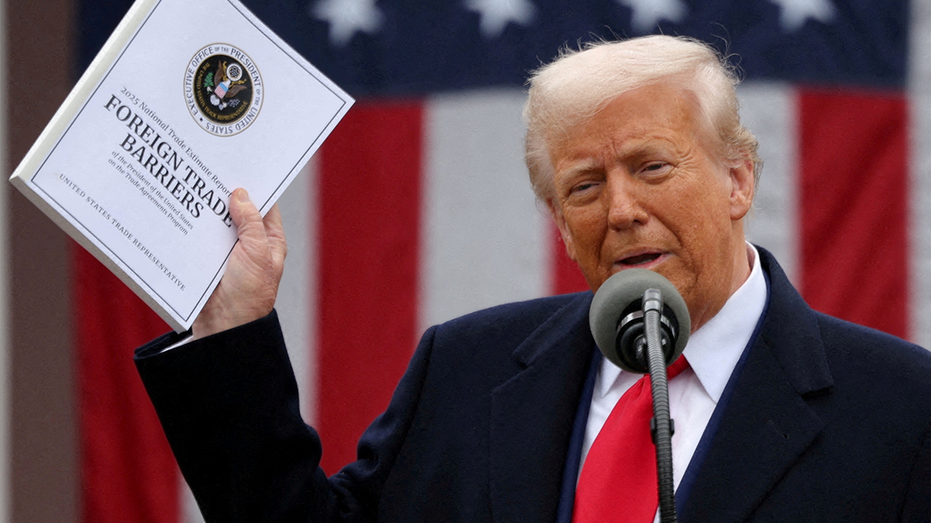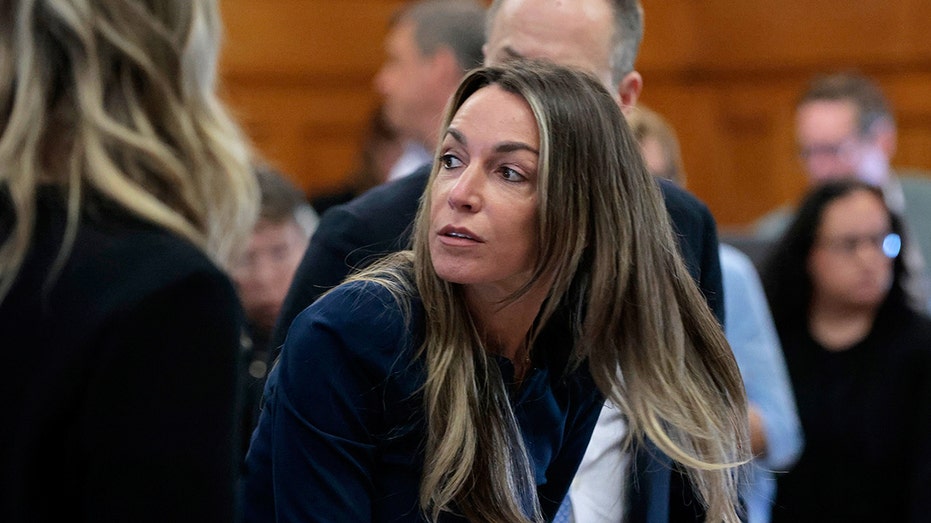Trump's Tariff Strategy Under Threat Amid Rising Court Challenges and Legal Uncertainty
Trump officials rally in court to defend sweeping reciprocal tariffs amid escalating legal showdown.

A federal appeals court has halted a lower court decision that blocked President Donald Trump’s tariffs, handing the administration a temporary win in a high-stakes legal battle over the executive branch’s authority to impose sweeping import taxes. The move by the U.S. Court of Appeals for the Federal Circuit injects fresh volatility into financial markets, which had enjoyed relative calm in recent weeks, and signals that the litigation around these contentious trade measures is far from settled.
The dispute centers on President Trump's use of the International Emergency Economic Powers Act (IEEPA) to enact a 10% baseline tariff and “reciprocal tariffs” designed to counter economic threats. The appeals court’s order temporarily pauses an earlier ruling from the U.S. Court of International Trade (CIT), which had been unanimous in finding that Trump had exceeded his IEEPA authority, asserting that even the President does not hold “unbounded authority” under emergency law to levy such tariffs. The three-judge panel behind the decision included appointees from across the political spectrum, underlying the case’s complex and bipartisan implications.
Legal teams on both sides now face accelerated deadlines, with plaintiff briefs due in both courts within days. Attorneys representing small businesses that challenged the tariffs say they are moving swiftly to minimize harm to their clients, as every passing day amid uncertainty could prove costly. Meanwhile, the Trump administration praised the appellate court’s intervention, calling it a positive development for American industries and workers and reiterating its commitment to using all lawful means to address what it deems ongoing national emergencies, including trade imbalances and drug trafficking.
However, economists caution that continued escalation of tariff policies may produce negative consequences, both domestically and internationally. There are concerns that leveraging steep tariffs purely as a negotiating tool—rather than a broadly sustainable strategy—risks backfiring, especially if protracted legal battles drag on. “The longer this drags out, the more uncertainty there is in the markets, and that uncertainty is never good for economic growth or consumer confidence,” said one economist familiar with the proceedings. Such persistent ambiguity, experts warn, could depress investment and potentially impede recovery efforts for smaller businesses already feeling the pinch.
Small business plaintiffs argue that they are already suffering financial hardship due to the tariffs, and that any additional delay could cause irreparable harm. “Some of the harm has already taken place. And the longer it goes on, the worse it is,” one plaintiff representative stated. For many of these business owners, the stakes are existential.
The White House has signaled its willingness to take the fight all the way to the Supreme Court if necessary, though legal experts remain uncertain whether the high court would agree to hear such a politically charged case. With the case currently before the Federal Circuit—a nationwide appellate court—observers believe the Supreme Court may allow that court’s decision to stand, sparing itself immediate involvement in a deeply divisive political and legal clash.
For now, the government bears the burden of proving it would face irreparable harm if the injunction on the tariffs remains in effect, a high legal bar that must be cleared for the stay to become permanent. Ultimately, the courts will weigh the competing claims of harm from both sides. As one attorney put it, “If our clients go out of business, the United States government will still exist. That’s the core of our argument about who faces greater harm.”
As the legal process continues, market watchers, business owners, and policymakers will be closely monitoring the outcome, knowing that the ultimate resolution could set a precedent for presidential powers in trade policy—and impact the broader U.S. economy—in the months and years ahead.




